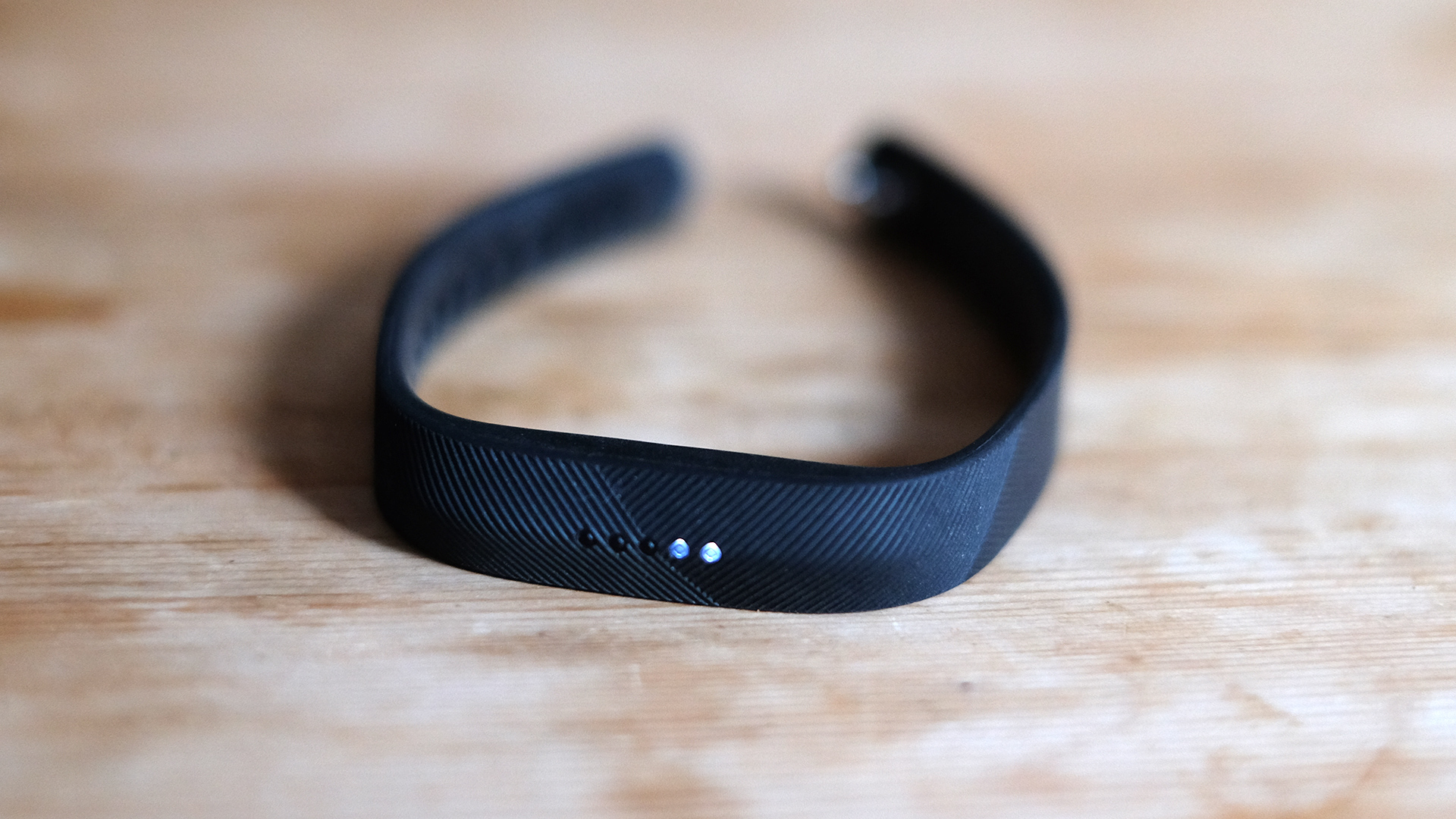Why you can trust TechRadar
Compatibility
- Compatible with a wide range of devices
- Has issues with some Android models
The Fitbit Flex 2 is compatible with iOS, Android and Windows devices. We tried it with both an iPhone 7 Plus and a Motorola Moto Z Play, and both sync’d without any initial problems.
However, it took a couple of days before any Android notifications were sent to the band, even after turning on a ‘widget’ aid meant to help matters.
There was no magic fix: they weren’t working, it was quite annoying, and then the next day they were. Go figure. Some patience may be needed to get through a few teething problems, but this is likely to vary between Android models.
Verdict
The Fitbit Flex 2 is the kind of fitness tracker you can put on and forget you’re wearing. It can survive the bath or shower and is comfortable enough to wear 24/7 without even noticing it’s there.
Its fitness tracking hardware is extremely basic, amounting to step and swim tracking - that’s it - but the Fitbit software is clever enough to weave motivating narratives out of the data to keep you interested.
There are cheaper simple trackers available, but what really holds the Flex 2 back is battery life. While far longer-lasting than an Apple Watch, we’d ideally like to see a simple tracker like this last a week rather than 4-5 days.
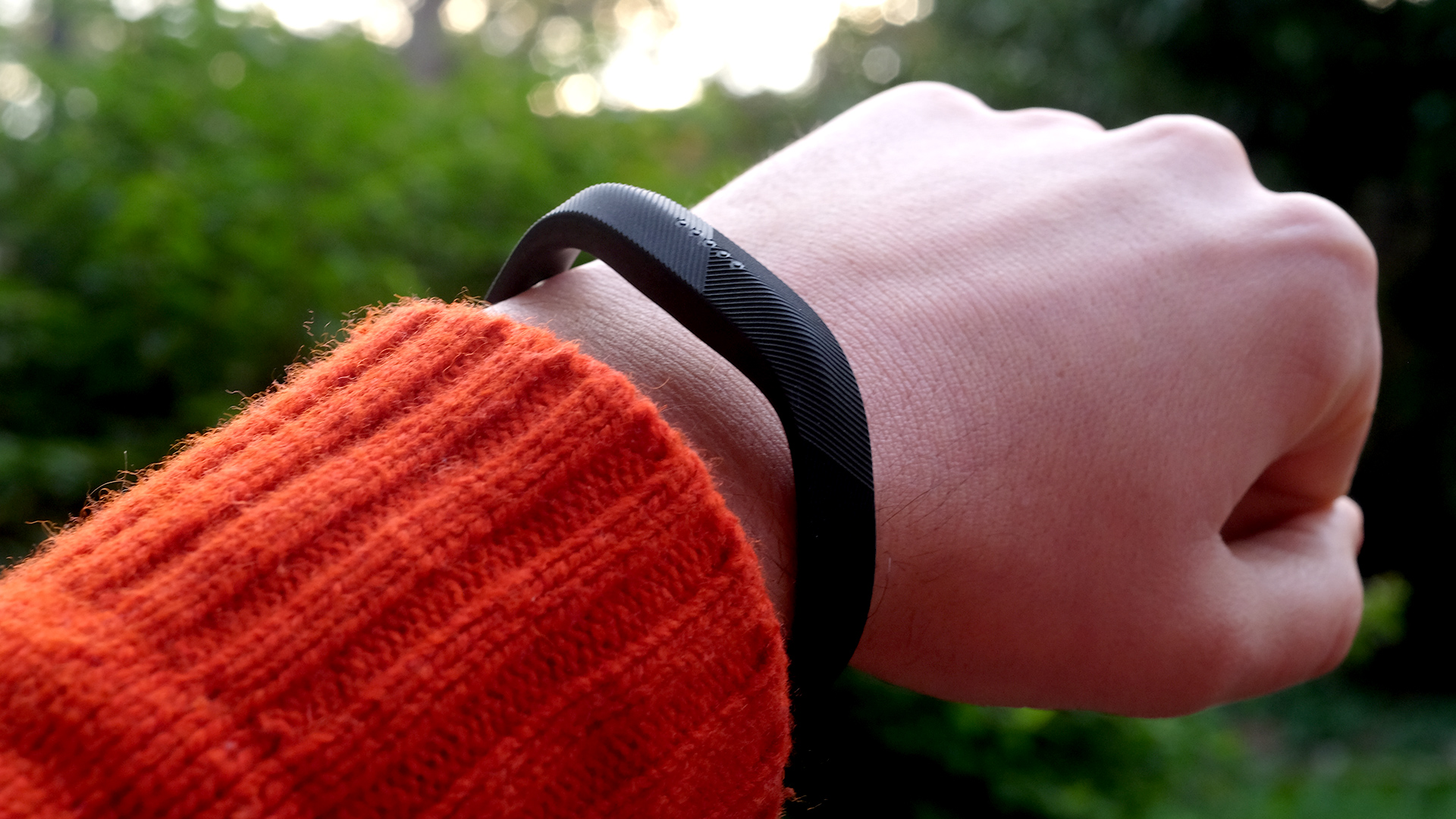
Who's this for?
The relatively low price and limited functionality of the Fitbit Flex 2 makes it ideal for those just dipping their toes into fitness tech, who want a little motivation and feedback, but don't need anything feature-packed.
More serious fitness-fans, or those who want more of a smartwatch, should look elsewhere though, as the Flex 2 is a basic fitness tool, and other than notification lights has no real smartwatch features at all.
Should you buy it?
The Fitbit Flex 2's battery life stops it scoring higher, and if you need a lot of juice you should consider one of the Garmin Vivofit range instead, but the four days of use you're likely to get out of the Flex 2 shouldn't be a deal-breaker, especially if you're used to daily smartphone charges.
While it's easy to think of the Flex 2 as a glorified pedometer, the waterproofing will appeal to casual swimmers, while the app and social features make it surprisingly compelling to use.
So if all you want is the motivation to get more active it's a solid choice - just don't go in expecting a wealth of sensors and data.
First reviewed November 2016
Competition
What other devices are there on sale that may persuade you away from buying a Fitbit Flex 2? Take a look at some of our top choices.
Moov Now
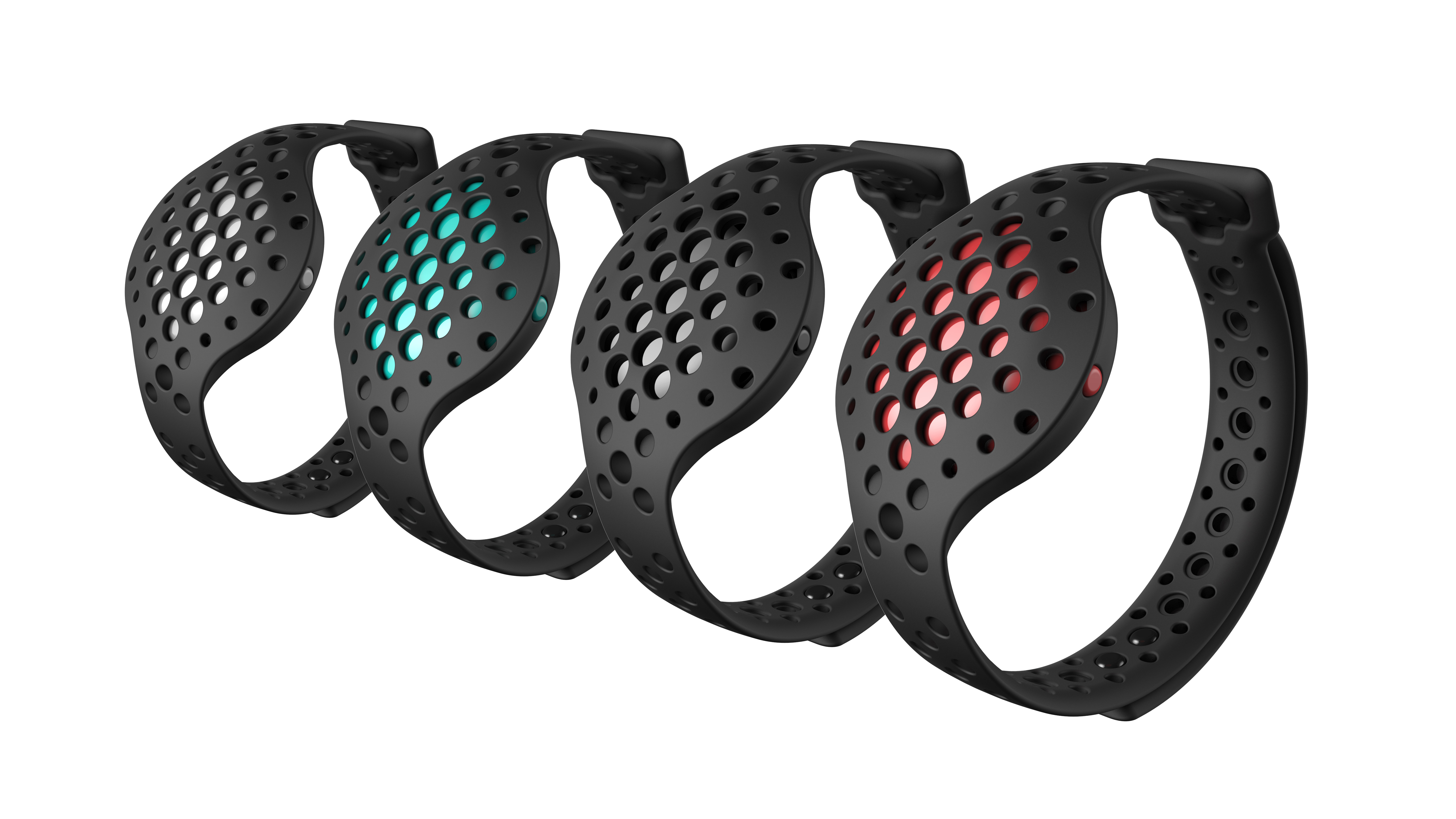
The Flex 2 requires a recharge around every four days so, when considering alternatives, it’s hard to ignore the six months of battery life on offer here. The Moov Now (£50 / $60 / AU$79) offers just about everything you could want from a basic tracker and is the best option right now, in our view.
It delivers excellent real-time coaching for running, cycling, swimming and to that end its more suited to boosting sports performance than general fitness tracking. Both devices have water resistance (and swim tracking by extension), while neither bother with built-in GPS or heart-rate tracking. The Moov however, has the advantage of piggybacking on your phone’s GPS.
- Read our Moov Now review
Huawei Band 2 Pro
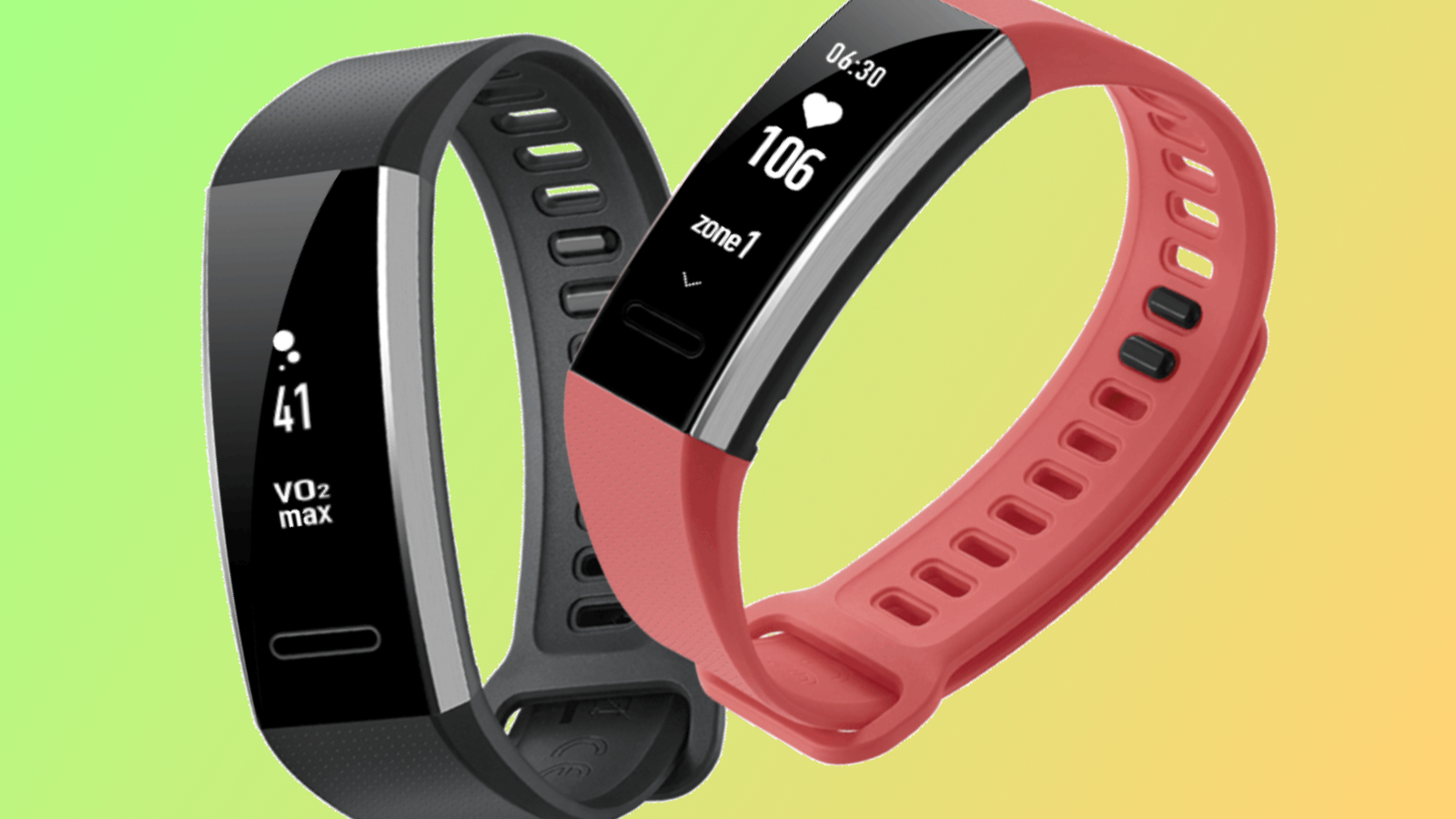
You can get a lot more for your money now than in 2016, when the Fitbit Flex arrived on the scene. Case in point, the $69 (£79), Huawei Band 2 Pro, which promises heart-rate tracking, GPS and even VO2 Max readings. However, perhaps it tries to do a little too much, because the HR tracking is way off and the VO2 Max is marginal.
Battery life is impressive as it offers 21 days in normal mode (which translates into about 4 hours with GPS and HR tracking turned on). As you’d expect, step tracking is on point. The design and interface are basic, but few are pitching for extra style points at this end of the market.
- Read our Huawei Band 2 Pro review
Garmin Vivofit 4
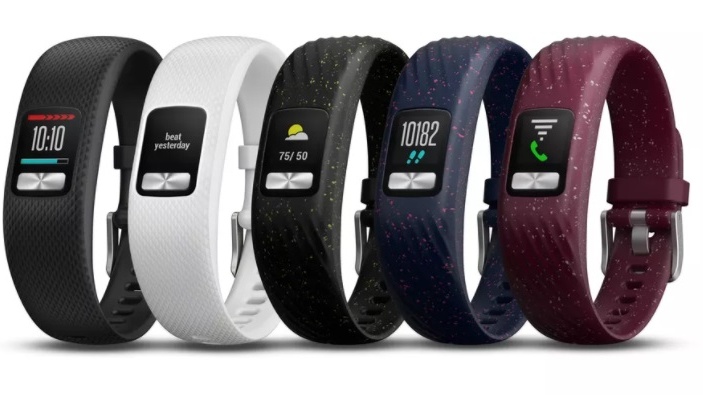
A year-long battery life and a color screen? Praise the wearable tech gods! The Garmin Vivofit 4 ($79.99 / £69.99 / AU$159) offers an improved, slimmer design and a decent range of basic tracking skills. You won’t get the deep dive you see in higher-end Garmin products, but there’s more than enough to keep running and walking beginners happy.
It’s also possible to borrow GPS from your phone and connect a chest strap if you want to go further. Instead of recharging you’ll replace the coin battery… eventually. The display’s only 88 x 88 pixels but its enough to provide basic data and a watch face.
- Read our Garmin Vivofit 4 review
Andrew is a freelance journalist and has been writing and editing for some of the UK's top tech and lifestyle publications including TrustedReviews, Stuff, T3, TechRadar, Lifehacker and others.
